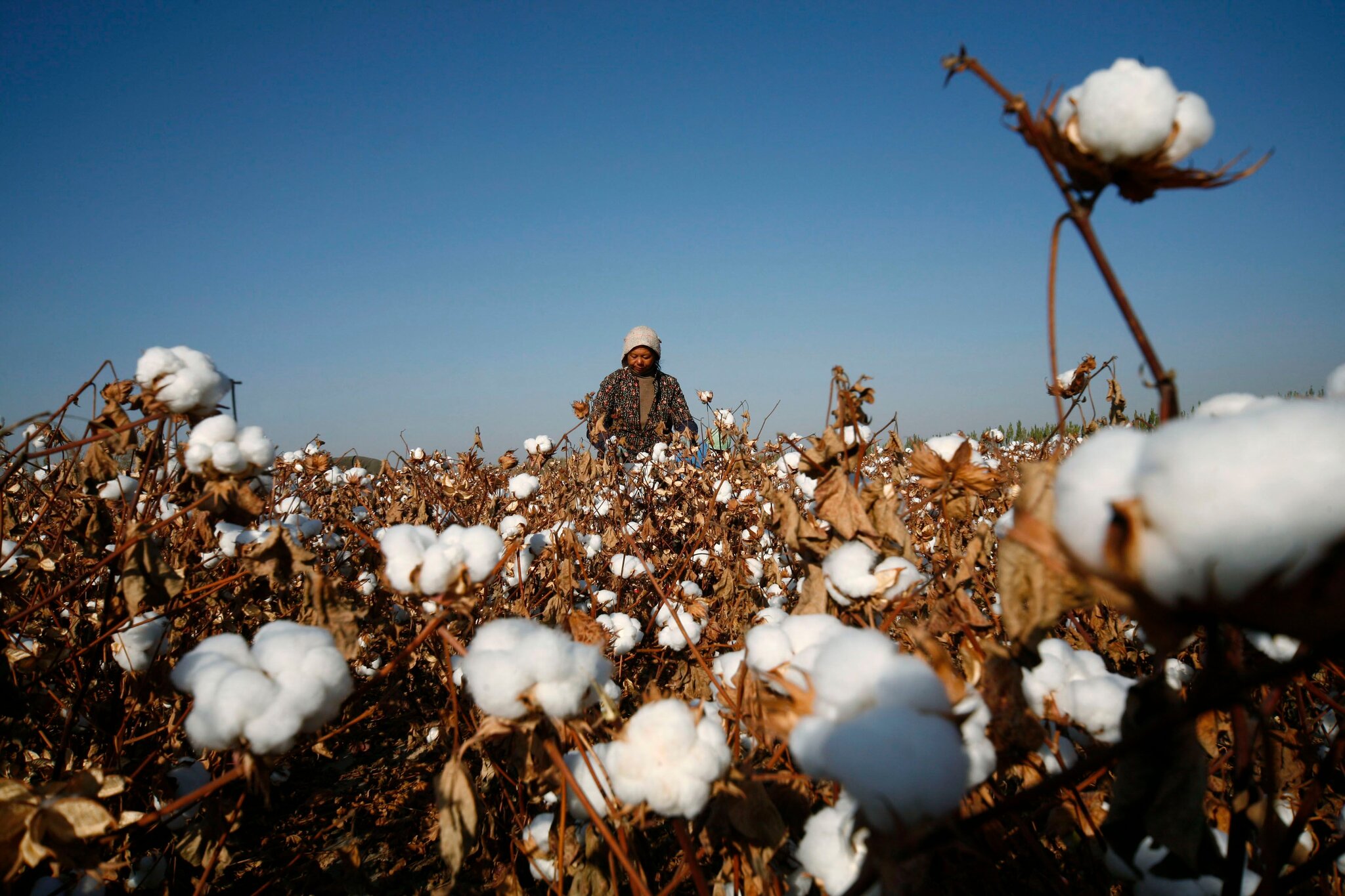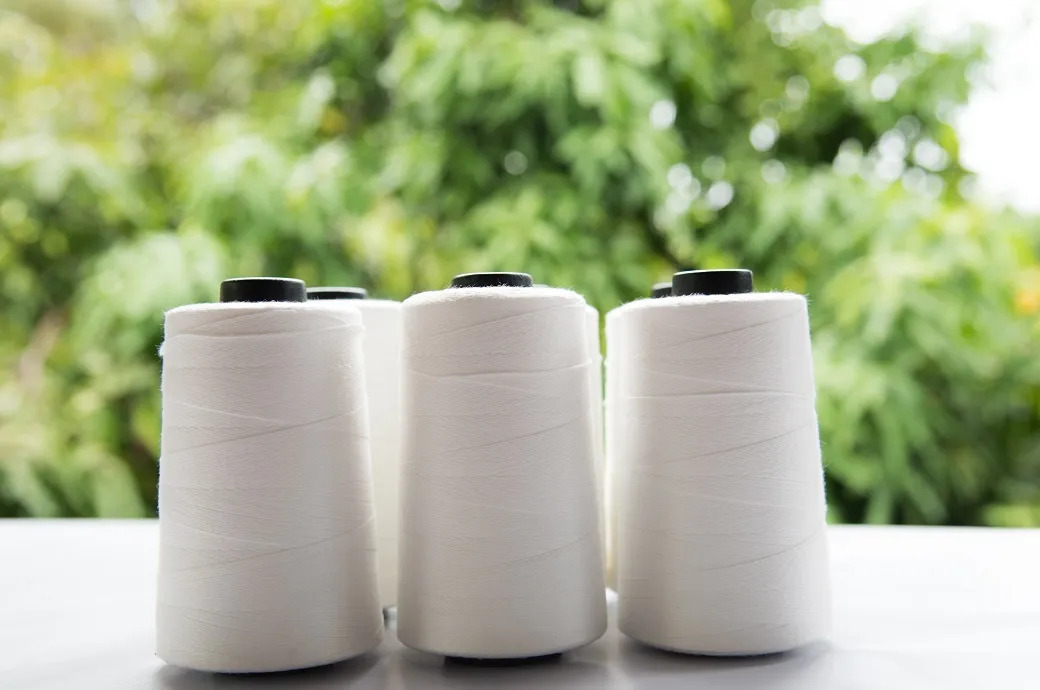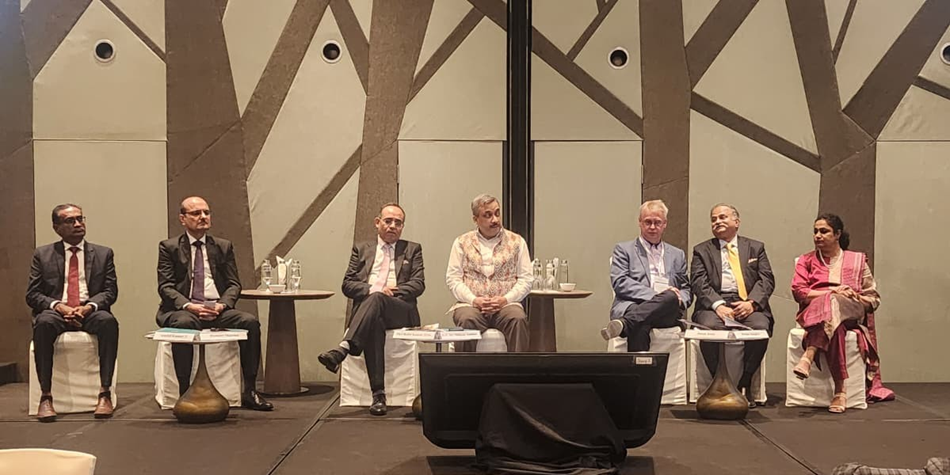
When Presidents Donald Trump and Xi Jinping announced a fragile peace in Busan last week, most of the attention in financial circles revolved around soybeans, chips, and rare earths. But beneath the surface, the most immediate tremor was felt in the world’s oldest commodity trade, cotton.
The temporary suspension of China’s 25 per cent retaliatory tariff on US cotton has revived one of the world’s most important agricultural and industrial linkages. For the first time since 2018, the global cotton economy, a $70 billion fiber market underpinning $350 billion worth of textiles is showing signs of structural realignment. This is not a boom; it is a reset one that restores old dependencies even as it exposes new vulnerabilities.
Cotton gets its corridor back
Cotton was among the first casualties of the US-China trade war. China, the world’s largest consumer of raw cotton, had slapped a 25 per cent tariff on American fiber in 2018, cutting US exports by almost half. The Busan truce reverses that penalty, giving Chinese mills access once again to high-quality American cotton.
Table: The direct cost impact of China’s tariff suspension on US cotton
|
Metric |
Pre-truce (25% tariff) |
Post-truce (0% tariff) |
Change/Impact |
|
US Cotton Import Tariff (China) |
25% |
0% |
-25 ppt (Percentage Point Reduction) |
|
Price of Imported US Cotton (per metric ton) |
$1,900 |
$1,520 |
↓ $380 (20% price drop for Chinese buyers) |
|
Average Cost to Chinese Spinning Mill |
High |
Lower |
8–10% Margin Gain (Due to lower raw material costs) |
|
US Cotton Export Volume to China (Annualized, est.) |
1.4 million tons |
2.1 million tons |
+50% Recovery (Significant boost to US exports) |
|
Global Yarn Price (average) |
$3.20/kg |
$3.10/kg |
↓ 3% (Immediate deflationary pressure on global yarn prices) |
Source: USDA, China Cotton Association, ICAC estimates
The tariff rollback translates into an instant $380-per-ton savings for Chinese mills. Spinners regain access to premium long-staple cotton, improving their yarn quality and restoring profitability lost to years of inflated input costs. For American growers particularly across Texas, Georgia, and Mississippi this reopening of the Chinese market revives demand that had collapsed under the tariff wall. Analysts expect US cotton exports to China to grow nearly 50 per cent year-on-year in 2025. Globally, cotton and yarn prices have reduced about 2-3 per cent, a temporary relief to mills in Bangladesh, Vietnam, and Turkey.
How the fiber flows shift
The Busan accord has started to recentralize cotton trade routes that had dispersed after the trade war began.
Table: Global cotton exports before and after Busan Truce (2024 vs. 2025)
|
Exporter |
Top import partner (2024) |
Export Share 2024 (%) |
Top import partner (2025E) |
Projected share 2025 (%) |
Status/Impact |
|
US |
Vietnam |
23 |
China |
31 |
Major Rebound: Shift back to China is a direct result of the tariff truce. |
|
India |
Bangladesh |
18 |
Bangladesh |
16 |
Slight Decline: Reflects domestic cost pressures and rising competition. |
|
Brazil |
Turkey |
14 |
Pakistan |
13 |
Marginal Loss: Losing minor share due to shifting global sourcing patterns. |
|
Australia |
China |
9 |
China |
11 |
Gaining Traction: Strengthening raw material supply to China. |
|
West Africa (C-4) |
Asia (mixed) |
7 |
Asia (mixed) |
7 |
Neutral: Stable supply to various Asian processing hubs. |
Source: International Cotton Advisory Committee (ICAC), trade shipment data, USDA forecasts
With the tariff barrier gone, US cotton is flowing back to China, reasserting a historic trade corridor that had fractured under political tension. India and Brazil, which had briefly benefited as alternative suppliers, now face moderated export growth. Australia, having re-entered the Chinese market in 2023 after diplomatic thaw, is strengthening its position in the high-grade segment. West Africa’s cotton exporters, Benin, Mali, Burkina Faso, and Chad remain steady but face pricing pressure due to increased US supply. The global cotton market is thus consolidating around two dominant poles: US supply and Chinese demand, recreating the dependency that the world had spent five years diversifying away from.
Pricing patterns: stability with fragility
The cotton market’s reaction to the truce was immediate. ICE futures grew briefly to $0.96/lb before settling near $0.89/lb, reflecting cautious optimism rather than exuberance.
Table: Benchmark cotton price movements (ICE and domestic indices)
|
Market |
October 2024 average |
November 2025 post-truce |
% Change |
Market sentiment |
|
ICE Futures (US cents/lb) |
84.5 |
89 |
+5.3% |
Stable Rebound: Reflects optimism from US growers due to guaranteed trade volume with China and a return to normal pricing. |
|
China Spot (Yuan/ton) |
¥15,200 |
¥14,700 |
-3.30% |
Input Relief: The lower price is a direct benefit of the truce (due to tariff removal on cheaper US cotton), giving Chinese mills a significant cost advantage. |
|
India Spot (Rs/candy) |
₹61,000 |
₹58,200 |
-4.60% |
Competitive Pressure: Indian cotton prices are forced down to compete with the cheaper global raw material benchmark set by China, squeezing mill margins. |
|
Brazil FOB Export ($/MT) |
$1,850 |
$1,730 |
-6.50% |
Weakening Exports: Brazil, a key competitor to the US, sees its export price fall sharply to maintain volume against the revitalized US-China trade channel. |
Source: ICE, Cotton Association of India, CEPEA Brazil, China National Cotton Exchange
The data shows that global cotton prices have stabilized within a narrow band, supported by China’s revived import appetite but capped by surplus supply. For mills, this means a return to predictable input costs, enabling long-term contract planning. For farmers, however, the price ceiling limits profit recovery, especially in India and Brazil, where domestic costs remain elevated.
Repercussions for competing producers
China’s resumption of US cotton imports has reshaped the competitive landscape for other producers:
• India: Faces downward price pressure domestically. Exporters are turning toward Bangladesh and Vietnam to offset reduced shipments to China.
• Brazil: Loses some volume to the US but benefits from a weaker Real, maintaining export competitiveness.
• Australia: Gains in long-staple cotton, where premium fiber quality secures niche demand.
• West Africa: Faces price compression due to global oversupply, challenging farmer incomes and cooperative stability.
Table: Cotton exporter profit outlook, 2025E
|
Country |
Avg. Export Price ($/MT) |
Est. Farmgate Cost ($/MT) |
Margin 2024 |
Margin 2025E |
Trend |
|
USA |
$1,520 |
$1,120 |
+22% |
+26% |
Improving |
|
India |
$1,580 |
$1,330 |
+16% |
+12% |
Declining |
|
Brazil |
$1,730 |
$1,340 |
+22% |
+18% |
Weakening |
|
Australia |
$1,950 |
$1,480 |
+24% |
+25% |
Stable |
|
West Africa (avg.) |
$1,600 |
$1,450 |
+9% |
+7% |
Deteriorating |
Source: USDA, ICAC, national export boards
The US is now the clear profitability leader, thanks to revived Chinese demand and lower shipping costs. India’s margins are slipping as domestic prices stay high relative to export benchmarks. West Africa’s margins are eroding sharply, exposing the vulnerability of smaller economies to global oversupply cycles.
While the Busan truce has calmed cotton markets, it has also reconcentrated power. China once again controls global demand, while the US dominates supply. This symbiosis may stabilize prices but deepens systemic risk — any future policy reversal could re-trigger disruption across the textile world. Analysts warn that the next 18 months will be marked by strategic stockpiling, as both Chinese mills and US exporters prepare for potential policy reversals in 2026. As a Shanghai-based cotton trader puts it, “This peace is threadbare it keeps the looms running, but everyone knows it could tear again.”
The fact is that the Busan truce has not triggered a cotton boom it has restored circulation to a system on life support. The US regains its biggest buyer; China reclaims its favorite fiber; prices settle into a cautious rhythm. But beneath the stability lies dependence. Cotton’s global map has been redrawn not by market forces but by political will a peace that holds only as long as diplomacy does. In 2026, when the temporary truce expires, the world’s most traded natural fiber may once again find itself caught between geopolitics and the spinning wheel.











